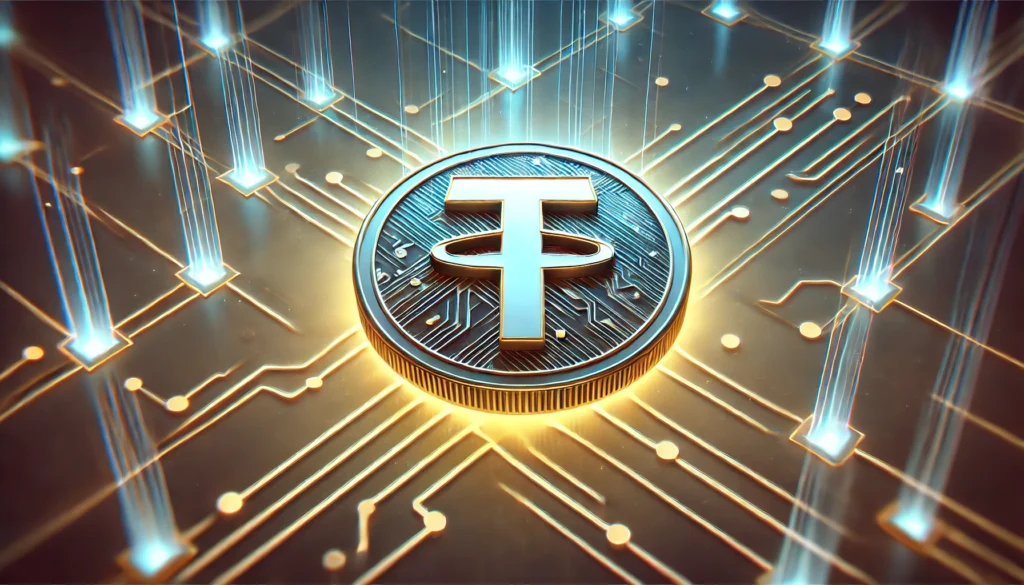
Tether, the creator of the world’s largest stablecoin, USDT, has elected not to launch its own blockchain due to concerns over market saturation. CEO, Paolo Ardoino, in an interview with Bloomberg News, stated there are already “very good blockchains” available to the public, and introducing a new one may not be the best strategic move.
The decision arises from a market that is increasingly becoming commoditized with multiple blockchains offering similar functionalities. Tether aims to remain “agnostic” to the blockchain it uses, provided USDT trading is secure and efficient. In essence, Tether views blockchains as transport layers and is satisfied with the existing solutions.
Setting its sights beyond their initial idea of launching their own blockchain, Tether has further strengthened its market presence. On August 19, it integrated USDT on the Aptos blockchain. This move is aimed at reducing transaction costs and enhancing accessibility of their digital currency worldwide. Aptos was chosen for its speed, scalability, and extremely affordable gas fees.
The integration with Aptos comes on the heels of its recent significant growth – it recorded an impressive 157 million transactions in just one day in May.
In another significant move, Tether announced a partnership on August 21 with the United Arab Emirates’ Phoenix Group and Green Acorn Investments. This partnership will see the launch of a dirham-backed stablecoin, in line with their expansion into the UAE market. This new stablecoin, fully backed by liquid UAE-based reserves, represents Tether’s commitment to adhere to robust and transparent standards while granting users a cost-effective access to the benefits of the AED.